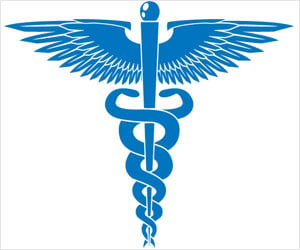Families of the patients who have been lost due to medical error want to abandon the term “ second victim,” as they believe it promotes a belief that patient harm is not preventable by the doctors.

‘Dr. Albert Wu in 2000 introduced the term, to bring attention to the need to provide emotional support for doctors who are involved in a medical error.’





In an editorial published by The BMJ today, Melissa Clarkson at the University of Kentucky and colleagues say that by referring to themselves as victims, "healthcare providers subtly promote the belief that patient harm is random, caused by bad luck, and simply not preventable."This mindset "is incompatible with the safety of patients and the accountability that patients and families expect from healthcare providers," they argue.
The term was introduced by Dr. Albert Wu in 2000, to bring attention to the need to provide emotional support for doctors who are involved in a medical error. It has since been adopted, adapted, and extended by authors and educators - and healthcare organizations have now even been termed the "third victim."
But Clarkson and colleagues say the true pervasiveness of the term only becomes apparent only when the phrase "victim of medical error" is typed into a search engine. The overwhelming majority of results are information about the second victim alongside images of distraught-looking individuals wearing scrubs or white coats.
They stress that patient communities and their advocates do not question the need to support providers who have been involved in an incident of patient harm. But they do question why the term victim "has become so embedded in the vernacular of patient safety."
Advertisement
And while the second victim label may help providers and institutions to cope with an incident of medical harm, "it is a threat to enacting the deep cultural changes needed to achieve a patient-centered environment focused on patient safety," they add.
Advertisement
Providers and institutions "must break down this barrier, engaging with patients, families, and advocacy organizations to understand more broadly how everyone - patients, families, and providers - is affected by medical harm," they argue.
"It's time to abandon the term second victim. We know who the actual victims of medical errors are because we arranged their funerals and buried them," they conclude.
Source-Eurekalert










